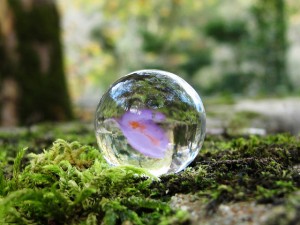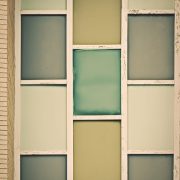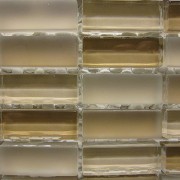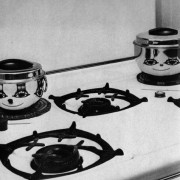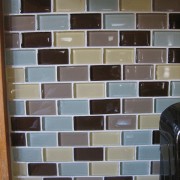Self cleaning glass: what is it?
Self-cleaning glass is created through the use of coatings that are either “hydrophobic” or “hydrophilic.” A hydrophobic coating makes water bead on the surface and roll off. The water beads will prevent dirt from taking up residence on the glass. Hydrophilic coatings make the water “sheet”, which sweeps away any dirt that has accumulated on the window.
Dirt sticks to a surface because it’s gotten wet (or damp) and then dries. Wax is a common hydrophobic coating. On a waxed surface, water – which either contains dirt or wets dry dust on the surface – cannot interact with the surface. It can only bead and roll off. Without water, dirt can’t dry on a surface, so the surface appears to be “self-cleaning.”
Hydrophilic coatings don’t reject water. They welcome water. Most hydrophilic coatings don’t rely simply on the action of the water to clean a surface. Hydrophilic coatings actually break down dirt in the presence of ultraviolet light. Then, the dirt is washed away when the surface comes in contact with water. Hydrophilic coatings don’t tend to streak, so the surface stays clean as the water drains away.
Most hydrophilic self-cleaning windows are coated with titanium dioxide, although there are other hydrophilic coatings. Titanium dioxide also provides some control over solar heat gain, so self-cleaning glass does have some energy-efficient side benefits.
The first self-cleaning glass was brought to market in 2001. Today, self-cleaning glass remains a specialty product that’s often used in commercial buildings. Keeping windows clean permits maximum light transmission, which can be very important in commercial spaces. It also cuts down on maintenance costs. Self-cleaning glass can also be found in automobiles, but that’s more likely to be a hydrophobic.
You’re not likely to encounter self-cleaning glass in standard replacement windows, but you can have custom-made self cleaning windows for hard-to-reach places like skylights.
If you’d like more information about Glassprimer™ glass paint and how it can help you control light and heat in your space, please visit the rest of our site. If you’d like to purchase Glassprimer™ glass paint, please visit our online store .
Photo Credit: Jacinta Lluch Valero, via Flickr.com

